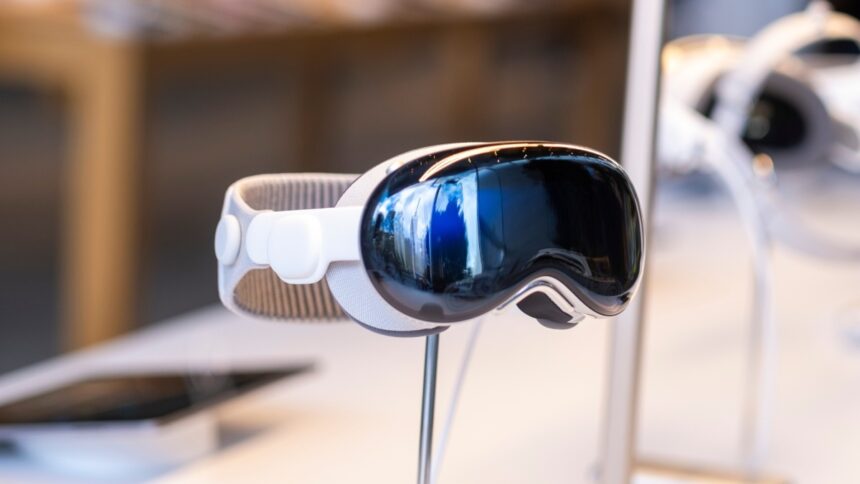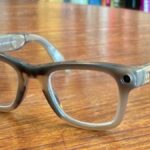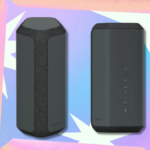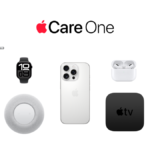Speculations Surrounding Apple’s Smart Glasses Initiative
Recently, discussions have been brewing about the future of Meta’s smart glasses. However, it appears that Mark Zuckerberg won’t be steering this trend alone. The Ray-Ban Meta smart glasses might set a precedent as the first well-accepted option on the market, yet they are poised to face competition, particularly from Apple, which is rumored to be working on its own iteration. While nothing has been confirmed, let’s delve into the intriguing speculations regarding Apple’s forthcoming smart glasses. Those hoping for a radical new gadget akin to the iPhone might find themselves underwhelmed.
AI-Oriented Smart Glasses Expected from Apple by 2026 or 2027
As reported by an unnamed source from Apple to Mark Gurman of Bloomberg, Apple is immersed in the development of smart glasses that are yet to be titled. This source indicated that a product launch is anticipated around 2026 or 2027, focusing primarily on artificial intelligence and audio functionalities, rather than augmented or mixed reality applications. The anticipated glasses are expected to feature similar attributes to those of Meta’s AI smart glasses, including capabilities for photography, making calls, and playing music. Users will also be able to interact with an upgraded version of Siri, which is aimed to compete with ChatGPT. Reportedly, these glasses will be constructed with superior materials compared to Meta’s version, along with a new chip engineered for a powerful but lightweight experience. Sources suggest that Apple is currently in the prototype testing phase.
Apple Stops Development of AR Glasses Linked to Mac
Furthermore, as mentioned by Mark Gurman from Bloomberg, Apple had been previously developing AR smart glasses intended for integration with Mac computers; however, this project has since been scrapped.
The article highlights the formidable challenges that must be addressed before AR glasses can be deemed functional: a self-sufficient pair would require iPhone-level performance, but with one-tenth the energy consumption. In simpler terms, the battery could become excessively heavy, or the chip would generate too much heat for effective smart glasses use. Initially, the vision included glasses powered by iPhones; however, those devices lack the necessary battery longevity. The last iteration of these potential smart glasses aimed to depend on a Mac for power, but Apple management ultimately decided to discontinue this initiative, putting an end to the project.
Apple has long been invested in augmented reality, and its progress in working toward those glasses can be seen in the recently announced Apple Vision Pro headset. Currently, Apple may be biding its time, as they believe the only way to achieve their ambitious performance goals is through larger devices.
Apple is Advancing a New Model of the Apple Vision Pro
The final piece of speculation from Mark Gurman indicates that Apple intends to launch the second generation of its Apple Vision Pro VR headset between the autumn of 2025 and the spring of 2026. This latest version is rumored to harness the power of Apple’s upcoming M5 chip, promising a significant enhancement in performance compared to the first generation. Aesthetically, the upcoming model is expected to maintain a similar look to its predecessor.
When considered collectively, these three speculations illustrate that Apple is not leaning towards groundbreaking innovations or game-changing devices. Instead, the focus seems to be on refining and enhancing their flagship product, the iPhone, as well as developing improved iterations of existing technology, such as smart glasses and the Vision Pro. Those looking for a wave of innovation from Apple may need to temper their expectations for the time being.











